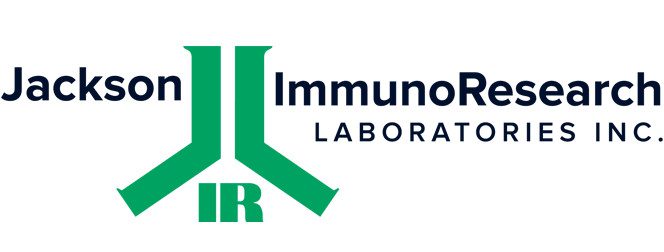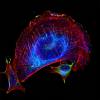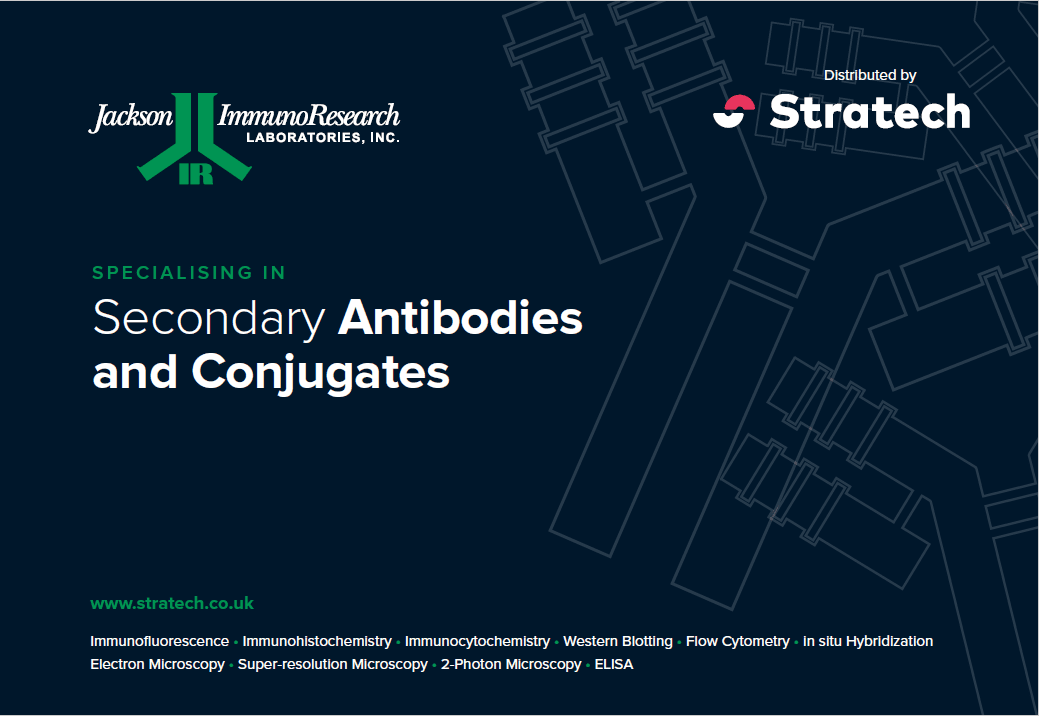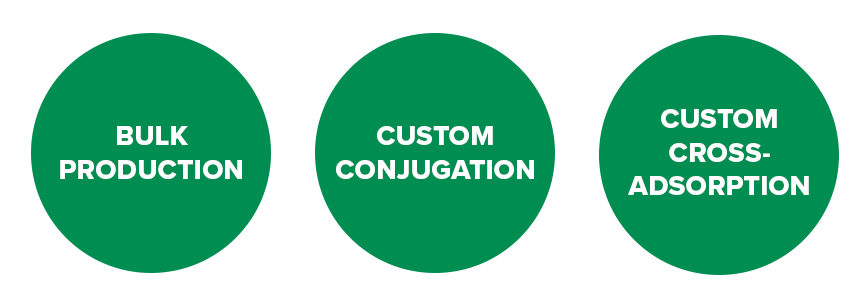Guidance on the selection and use of our products

For over 37 years Jackson ImmunoResearch have specialised in the manufacture of secondary antibodies, conjugates and purified immunoglobulins. Their products are made by scientists for scientists and are considered by many to be the gold standard. With their state of the art production facility in rural Pennsylvania and their European hub in Cambridgeshire they serve Research Institutes and Universities throughout the world.









